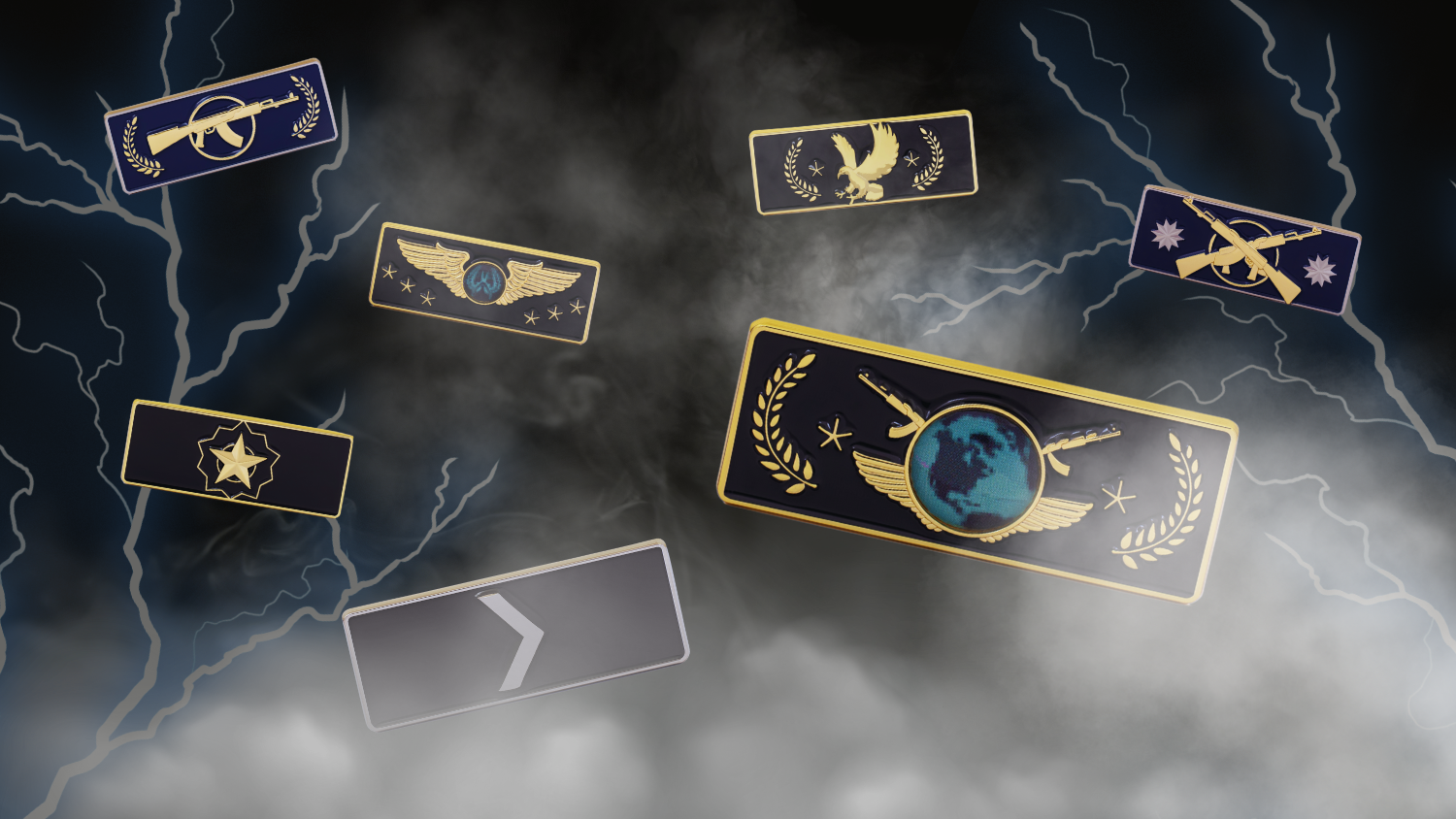CS2 Ranks Breakdown: A Deep Dive into the Competitive System

The ranking system in CS2 serves as a metric for assessing player performance and skill level in competitive matchmaking. Each rank represents a specific skill group, ranging from beginners to highly experienced players. The system evaluates individual performance, teamwork, and consistency across multiple matches. It is essential to understand that the ranking algorithm does not solely rely on match outcomes but also takes into account individual contributions, including precision, strategic decision-making, and adaptability under pressure.
The CS2 ranks encompass a tiered structure where players progress through various levels based on their performance. For newcomers, initial placement matches play a crucial role in determining their starting point within the rank hierarchy. Higher-tier ranks demand not only exceptional mechanical skills but also a profound understanding of map strategies, team communication, and situational awareness. Climbing through these ranks requires dedication, regular practice, and the ability to learn from mistakes while adapting to different playstyles.
Key Factors Influencing Rank Progression
Performance consistency plays a pivotal role in determining a player’s position within the CS2 ranks system. Every match contributes to the hidden skill rating, which remains invisible to the player but directly impacts rank adjustments. Factors such as kill-to-death ratio, utility usage, objective control, and effective teamwork weigh heavily on the ranking algorithm. Players who focus solely on personal performance without considering team synergy may find it challenging to advance efficiently.
Another essential aspect of rank progression is matchmaking quality. Players are often paired with teammates and opponents of similar skill levels to ensure a balanced gaming experience. However, occasional mismatches may occur, leading to either highly favorable or unfavorable outcomes. Consistently performing well, even in less-than-ideal circumstances, can positively influence the ranking evaluation. Additionally, maintaining composure during high-pressure moments and avoiding toxic behavior contribute significantly to long-term success in competitive play.
The Role of Communication and Team Coordination
Effective communication serves as one of the cornerstones of achieving success in the CS2 ranks system. Players who actively share critical information, such as enemy positions, item availability, and tactical strategies, create a significant advantage for their team. Clear and concise communication minimizes misunderstandings and fosters better coordination, particularly in intense situations where every second matters.
Team coordination extends beyond verbal communication; it also involves understanding individual roles and responsibilities within the team structure. Whether a player is supporting teammates with strategic utility usage or holding critical map angles, every role contributes to the team’s overall success. Higher-tier ranks emphasize advanced strategies and coordinated executions, highlighting the importance of collective effort over individual heroics. Players who prioritize team goals over personal achievements often experience more consistent progress within the ranking ladder.
Common Misconceptions About CS2 Ranks
One of the most prevalent misconceptions about ranks is the assumption that match outcomes are the sole determining factor for rank adjustments. While victories certainly play a role, the system evaluates individual contributions extensively. Players who consistently perform well, even in losing matches, are less likely to experience significant rank demotions. It is essential to focus on refining personal skills and contributing positively to team dynamics rather than fixating solely on the final scoreboard.
Another misconception is that higher ranks are exclusively reserved for players with exceptional aim. While mechanical precision is undoubtedly valuable, higher-tier matches often revolve around strategic decision-making, map awareness, and efficient resource management. Players aiming to climb the CS2 ranks must prioritize a well-rounded approach, blending mechanical skills with strategic depth and effective communication. Embracing these principles significantly enhances the likelihood of sustained progression through the competitive ranking system.

